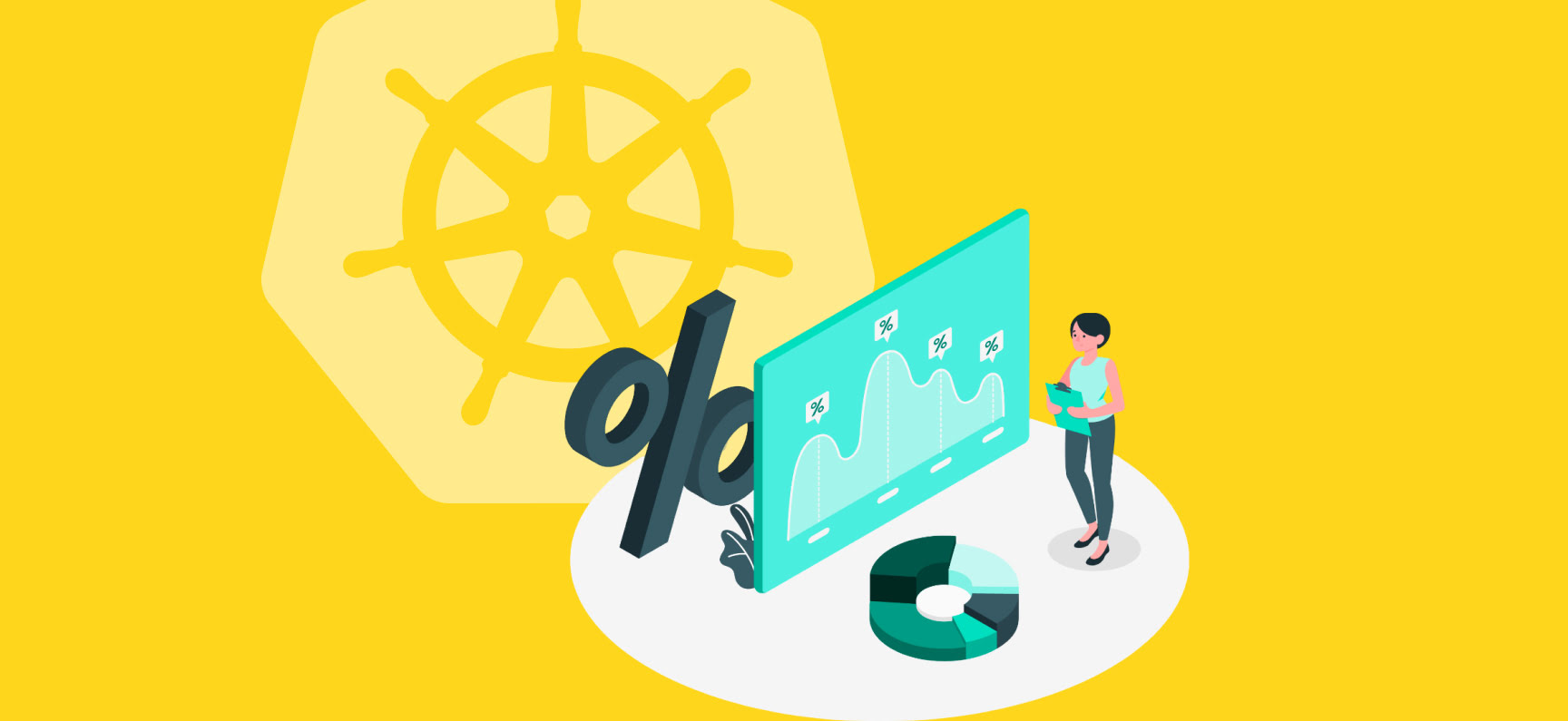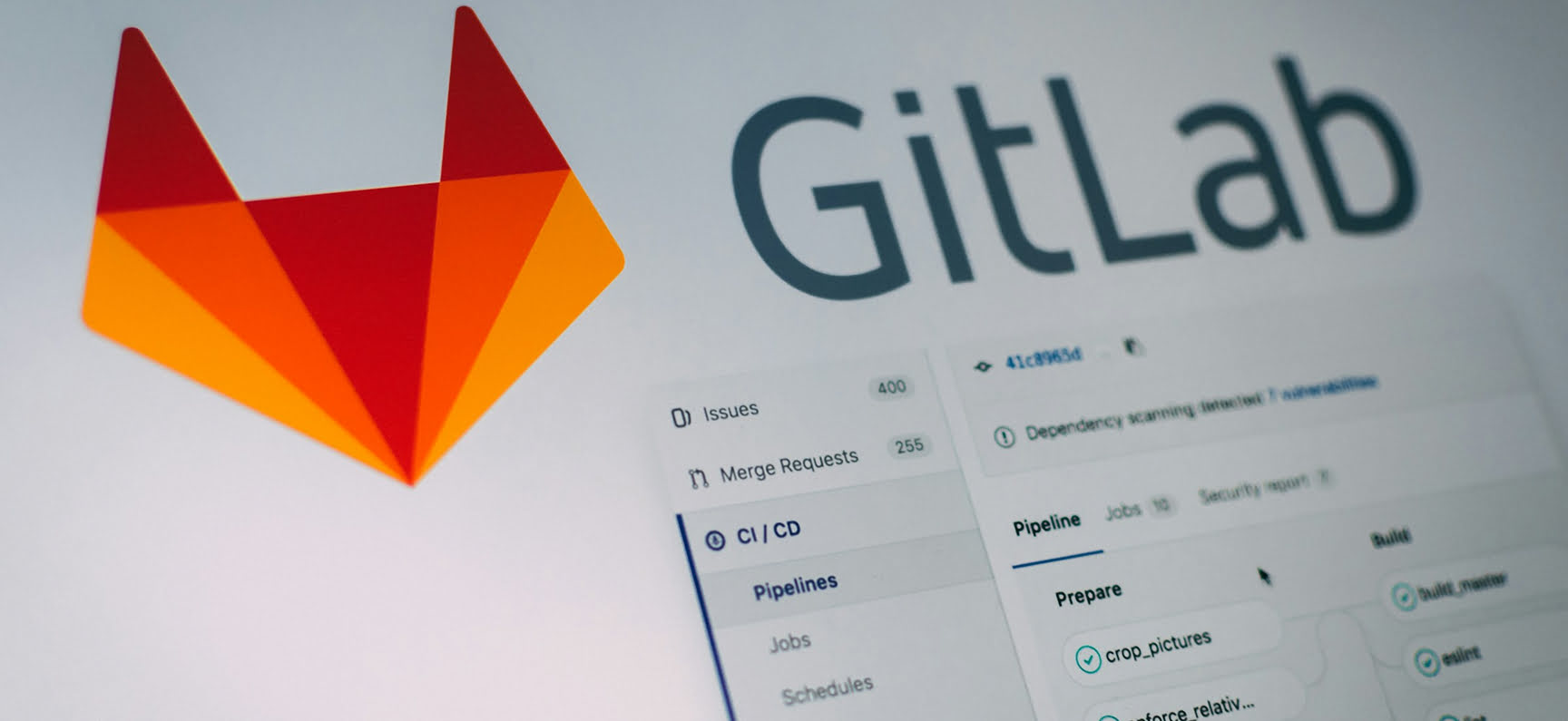Kubernetes has become the go-to platform for running modern, cloud-native applications. It offers unmatched scalability, flexibility, and resilience – but there’s a catch: if you’re not actively managing your clusters, your cloud bill can get out of control fast.
The promise of Kubernetes is powerful infrastructure orchestration. The reality? Without proper monitoring, fine-tuning, and cost governance, it’s easy to overprovision resources, leave workloads running idle, and lose track of spend across teams and environments. What was supposed to save money ends up draining budgets quietly and continuously.
Whether you're running workloads on AWS, Google Cloud, or diving deep into Azure Kubernetes cost optimization, the challenges are the same: too much waste, not enough visibility, and infrastructure that’s far from efficient.
If you’re looking to reduce cost, improve visibility, and align infrastructure spend with actual usage, this guide is for you. We’ll break down real strategies for automated Kubernetes cost optimization, key tools to use, and how to build a lean, high-performance Kubernetes environment without sacrificing reliability.
Let’s dive into the practical side of cost savings with Kubernetes.
Why Kubernetes Can Get Expensive
Kubernetes gives you the power to scale, self-heal, and orchestrate applications across complex environments. But without proper cost controls in place, it often ends up doing the opposite. Overprovisioned resources, idle pods, unused nodes, and sprawling test environments silently rack up charges. This is where FinOps with Kubernetes becomes critical. It’s not just about technical tuning – it’s about bringing financial accountability into your DevOps process.
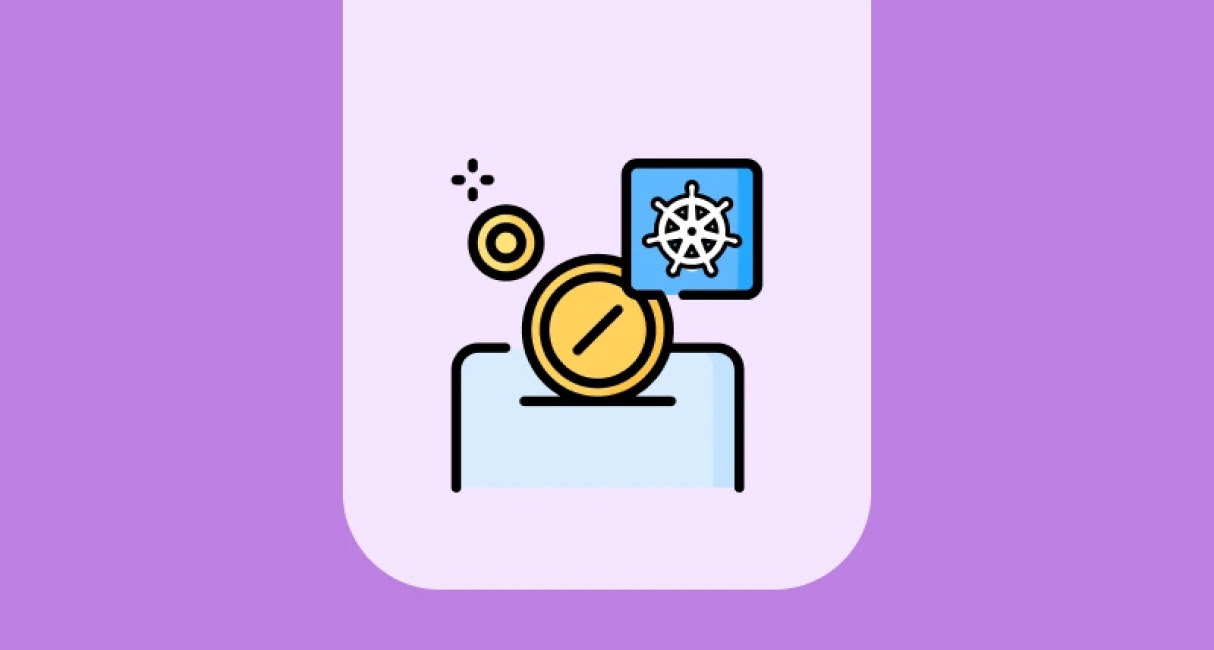
Some of the top cost drivers include:
- Overprovisioned CPU and memory: Setting resource limits too high “just in case” leads to waste
- Underutilized nodes: Empty or underused nodes still rack up compute charges
- Idle pods and test environments: These add up fast if left running
- Persistent storage: Volume sizes and retention policies can create hidden expenses
- Network traffic: Ingress/egress data, especially in multi-cloud or hybrid setups, gets pricey
This is where Kubernetes FinOps comes into play – treating cloud-native infrastructure like a product with a real budget and clear accountability.
Understanding Where Your Money Goes
Resource Requests and Limits
Setting resource requests too high leads to underutilized clusters. Setting them too low leads to crashes. Most teams play it safe – and overspend. Right-sizing requests is step one in any serious Kubernetes cost reduction strategy.
Underutilized Nodes and Pods
Empty nodes and idle pods don’t just sit around quietly – they cost you money every second. Regularly auditing pod usage helps reduce expenses without touching performance.
Persistent Storage Costs
Many clusters store logs, snapshots, and backups longer than needed, or at sizes far above actual usage. Auditing PVCs (persistent volume claims) and enforcing quotas can quickly lead to expense recovery.
Networking and Traffic Overhead
Ingress traffic, especially across regions or providers, can be a silent killer in your cloud bill. If you're using Azure, for example, Azure cost optimization should include monitoring data egress patterns to avoid surprise charges.
Strategies for Kubernetes Cost Optimization
Kubernetes promises scalability and flexibility, but if you’re not actively managing your infrastructure, it can quickly become a budget buster. In fact, a 2024 survey revealed that 49% of organizations reported an increase in cloud costs after adopting Kubernetes, with 17% experiencing significant spikes. For a platform that’s supposed to bring efficiency, that’s a big red flag. The problem usually isn’t Kubernetes itself – it’s how it's used.
In this section, we’ll break down actionable tactics that help you control expenses, improve visibility, and get real ROI from your Kubernetes investment – without compromising on performance or scalability.
Right-Sizing Workloads
Don’t guess what your apps need – measure it. Monitoring tools like Prometheus and Grafana can give you clear insights into actual CPU and memory usage. Once you’ve got the data, you can safely reduce overprovisioned resources without hurting performance. This is one of the most effective ways to achieve expense reduction, especially in large-scale environments with many services.
Horizontal Pod Autoscaling (HPA)
Instead of running pods at max capacity around the clock, use HPA to automatically scale them up and down based on real-time traffic or resource consumption. It keeps your apps responsive during peaks and trims the fat during slow periods. HPA is a must-have for modern DevOps teams looking to stay efficient and elastic.
Node Autoscaling and Spot Instances
Need to scale your infrastructure quickly and cheaply? Cluster Autoscaler or tools like Karpenter can automatically add or remove nodes based on demand. Combine this with spot instances or preemptible VMs to save big, especially for dev, testing, or batch jobs. Use data from the AWS cost calculator or your cloud provider's pricing tools to estimate and compare savings.
Namespace-Level Budgeting
Break your cluster into namespaces for different teams, projects, or business units. Apply cost quotas, monitor usage, and make teams responsible for their own spend. This approach is a cornerstone of FinOps. It creates accountability, drives smarter decisions, and aligns engineering behavior with budget goals.
Optimize CI/CD Pipelines
Leftover staging environments? Abandoned test clusters? These are common money pits. Clean them up with automation and integrate cost awareness into your Kubernetes DevOps process. Build in auto-cleanup scripts and enforce time-to-live (TTL) for non-production environments.
Use Kubernetes Cost Monitoring Tools
If you're working to Kubernetes reduce cost, visibility into your workloads is essential. You can't optimize what you can't measure, and without insight into where your resources are being used – or wasted – you're flying blind.
Here are a few must-have tools to support Kubernetes save cost initiatives:
- Kubecost: Real-time cost visibility per pod, namespace, or label
- CAST AI: Offers automated expenses optimization with autoscaling and cost-saving recommendations
- AWS/Azure/GCP tools: Use them alongside third-party solutions for deeper insights
Enforce Resource Quotas and Limits
Set hard ceilings on what each deployment can consume. This prevents rogue workloads from monopolizing compute and protects your cluster from unexpected spikes in usage and cost.
Resource limits should be defined as code and monitored continuously. Pair this with team education so everyone understands how resource settings impact cost.
Clean Up Orphaned Resources
Orphaned volumes, services, load balancers, and old container images can linger in your cluster long after they’re needed. These leftovers can add up fast.
Schedule regular cleanup jobs, automate with scripts, and include resource cleanup in your CI/CD pipeline to keep your environment lean.
Leverage Multi-Tier Architectures
Not every workload needs top-tier performance. Use cost-efficient node pools or spot instances for non-critical services, and reserve premium resources for high-performance or production workloads. This tiered approach helps reduce cost without sacrificing performance where it really matters.
Best Practices for Long-Term Efficiency
- Run regular audits of workloads, usage patterns, and storage needs
- Use Infrastructure as Code (IaC) to enforce resource limits and tagging
- Set up cost alerts and policies for waste detection
- Integrate FinOps into DevOps workflows – not just finance meetings
- Use lifecycle policies to clean up unused resources automatically
Bringing FinOps into your daily operations turns cost control into a proactive habit, not a last-minute fire drill.
Kubernetes Cost Optimization Tools to Know
When it comes to managing cloud-native infrastructure, tools aren’t just helpful—they’re essential. Kubernetes is powerful, but without visibility into usage and spend, it can become a costly black box. Whether you’re running on AWS, Azure, or a hybrid setup, using the right tooling is the key to uncovering inefficiencies, tracking consumption, and putting automated optimization strategies in place.
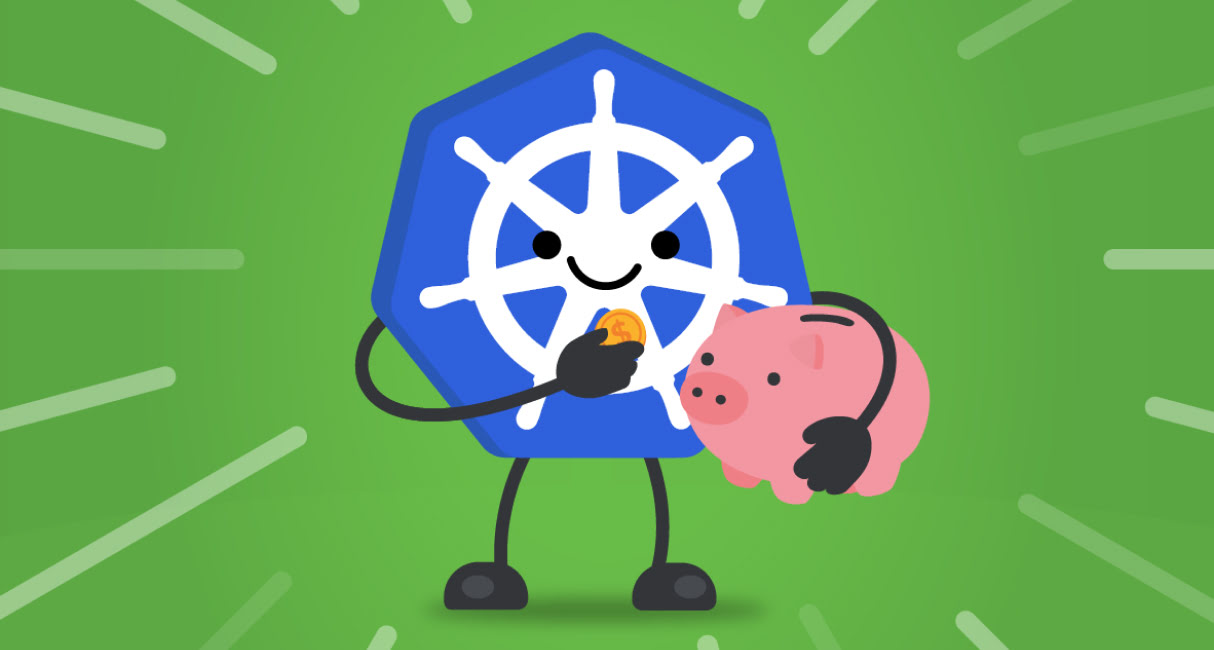
Here’s a detailed breakdown of the most trusted and effective tools for Kubernetes cost monitoring and optimization:
| Tool | Platform | Purpose | Key Features |
| Kubecost | Kubernetes-native (multi-cloud) | Real-time cost allocation by namespace, pod | Cost breakdown by label, alerting, budgeting, and integration with Prometheus |
| CAST AI | AWS, Azure, GCP | Automated cost optimization and right-sizing | Intelligent autoscaling, spot instance integration, and immediate cost-saving actions |
| Karpenter | AWS (EKS) | Intelligent node autoscaling | Automatically provisions right-sized nodes, faster than Cluster Autoscaler |
| Prometheus | Kubernetes-native | Metrics collection for scaling and efficiency | Collects time-series data for CPU/memory/network usage; powers autoscaling logic |
| Grafana | Kubernetes-native | Visualize performance and usage | Dashboards for usage, trends, and custom metrics from Prometheus and others |
| Azure Advisor | Microsoft Azure | Azure Kubernetes cost optimization and guidance | Recommends right-sizing, unused resource cleanup, and cost-reduction best practices |
| AWS Cost Explorer | AWS | Visualize and forecast cloud spend | Tracks historical usage, forecasts future spend, and ties costs to EKS workloads |
| GCP Cost Management | Google Cloud | GKE billing insights and savings recommendations | Label-based cost tracking, budget alerts, discount program insights |
| CloudHealth | Multi-cloud | Enterprise-level cloud cost governance | Kubernetes-aware financial tracking, role-based dashboards, and policy enforcement |
| Lens | Kubernetes-native | GUI for cluster monitoring, including resource use | Helps developers visualize running workloads, memory/CPU allocation per pod |
Why Companies Turn to Artjoker for Kubernetes Optimization
At Artjoker, we specialize in helping businesses run leaner, faster, and smarter Kubernetes environments. As a trusted DevOps development company, we’ve helped startups and enterprises slash costs while boosting system performance and reliability.
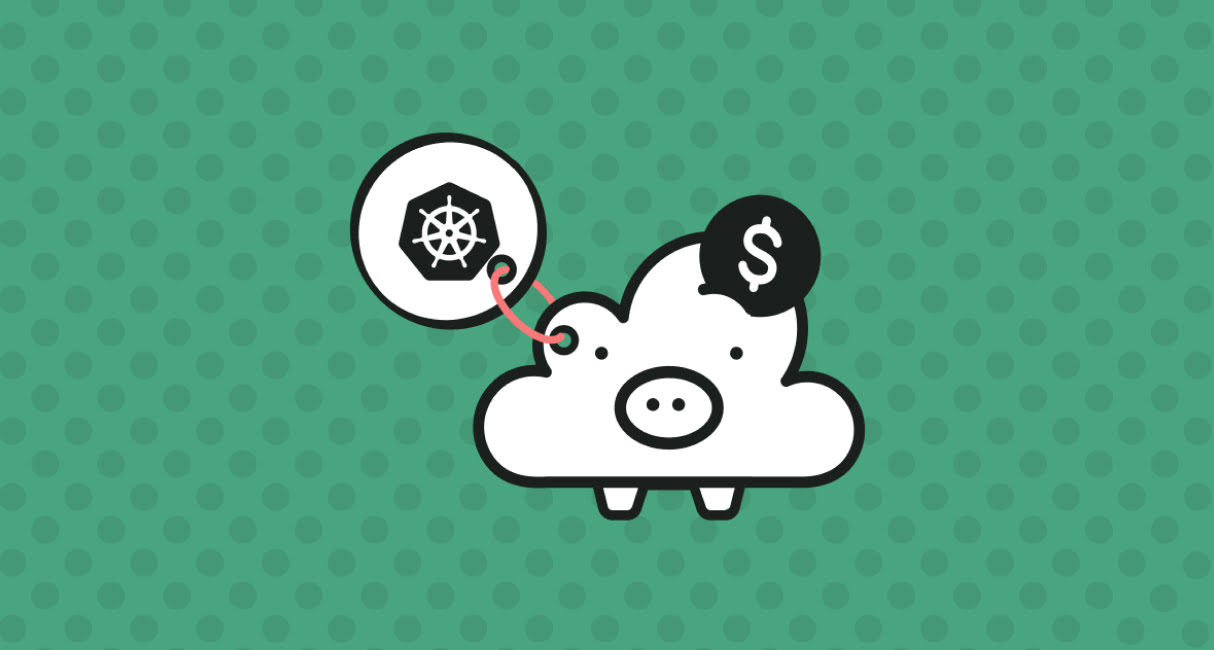
Here’s what we bring to the table:
- Deep expertise in Kubernetes cost optimization and infrastructure tuning
- Hands-on experience with FinOps for Kubernetes environments
- Automation-first approach for sustainable cost control
- Full-stack Kubernetes integration
- Real case studies on Kubernetes optimization with measurable ROI
Whether you’re on AWS, Azure, or GCP, we tailor optimization strategies to your tech stack and your goals.
Conclusion
Kubernetes is a game-changing platform for building and scaling modern applications – but without disciplined cost management, that flexibility comes at a price. What starts as a powerful solution can quickly spiral into a bloated, budget-draining environment if left unchecked.
The truth is, Kubernetes isn’t built to optimize itself. If you’re not setting resource limits, cleaning up unused environments, or tracking real-time spend, you're likely throwing money away. And you're not alone – nearly half of organizations report increased cloud costs after adopting Kubernetes, often because the platform is misconfigured, under-monitored, or simply overprovisioned.
At Artjoker, we specialize in helping companies do just that. Our team combines DevOps engineering, Kubernetes expertise, and business-first thinking to deliver actionable insights and sustainable results. From audits and automation to tool integration and full-scale optimization, we’ve helped startups and enterprises alike trim costs without slowing down growth.
Ready to start saving with Kubernetes? Let Artjoker help you cut the fat, reclaim wasted spend, and build a lean, efficient environment that grows with your business. Contact us today for a Kubernetes cost optimization audit. Let’s build smart – and run lean.
Similar articles
View allyour business
together
- PROJECT INQUIRIES info@artjoker.net
- CALL US +1 213 423 05 84
contact us:
